In this article, I will address bridging on the Layer Zero Protocol, teaching you the steps needed to execute cross-chain transactions in Layer-Zero as securely and efficiently as possible.
Layer-Zero enables the easy transfer of tokens and the seamless transfer of data across multiple blockchains. You will discover how to prepare for the bridged transfer, the entire process, safety and support, and how to troubleshoot the same process.
What Is a Layer-Zero Protocol?
A Layer-Zero protocol is designed as an innovative blockchain network that makes communications and interactions between blockchain systems easy and smooth.
Unlike blockchains in Layer-1 networks which work as standalone systems and Layer-2 solutions that expand a single chain, Layer-Zero provides a base framework interlinking multiple blockchain systems.
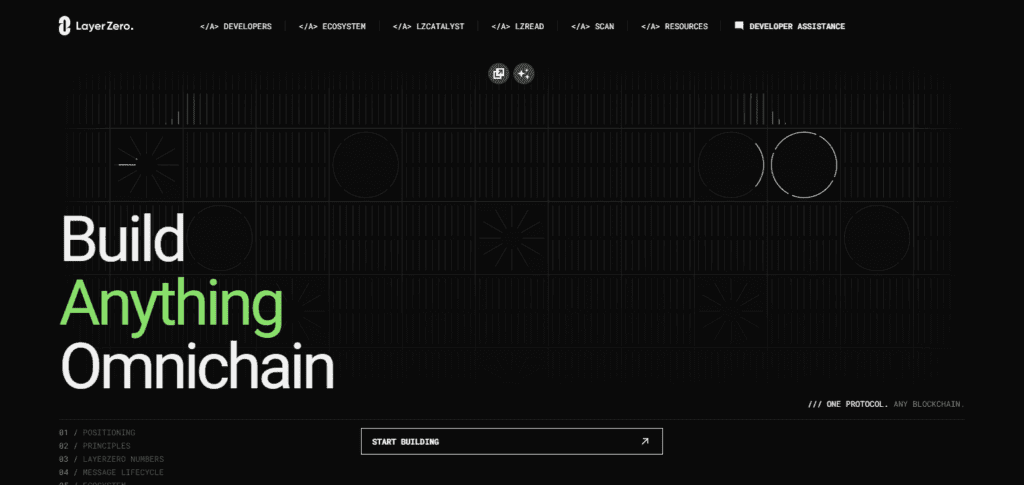
It processes assets, information, and also smart contracts across networks in a decentralized way without central authorities. Layer-Zero provides a single protocol for cross-chain transactions which eliminates fragmentation, improves blockchain interconnectivity, and reduces operational costs.
It is vital for multi-chain decentralized financial services, gaming, and other applications that require cross-chain networks.
How to Do Bridging on a Layer-Zero Protocol
Here’s a step-by-step example of how bridging works on a Layer-Zero protocol using USDT from Ethereum to Binance Smart Chain (BSC):
Step 1: Connect Your Wallet
- Log on to any bridging platform like LayerZero Bridge that supports Layer-Zero protocols and bridges.
- Connect a supported wallet like MetaMask or WalletConnect.
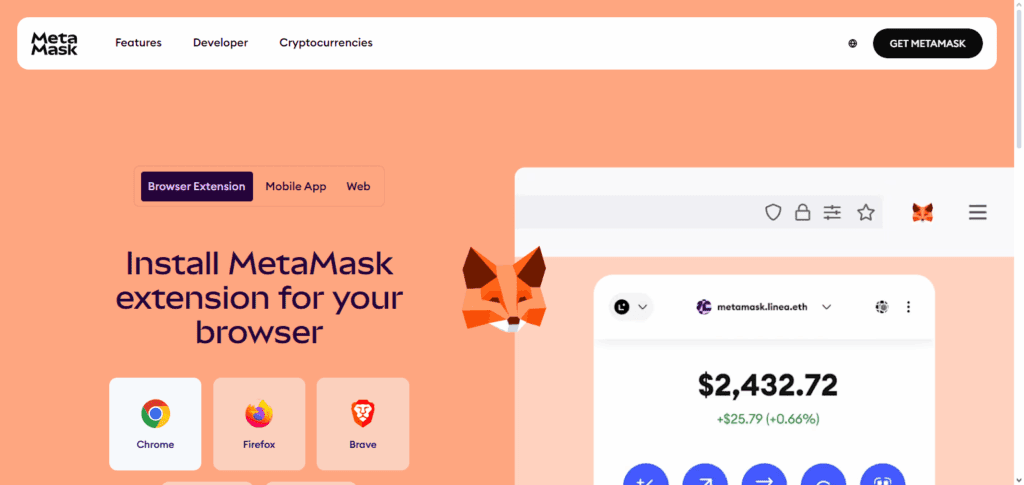
Step 2: Select Source and Destination Chains
- Select Ethereum as your source chain.
- Select Binance Smart Chain (BSC) as your destination chain.
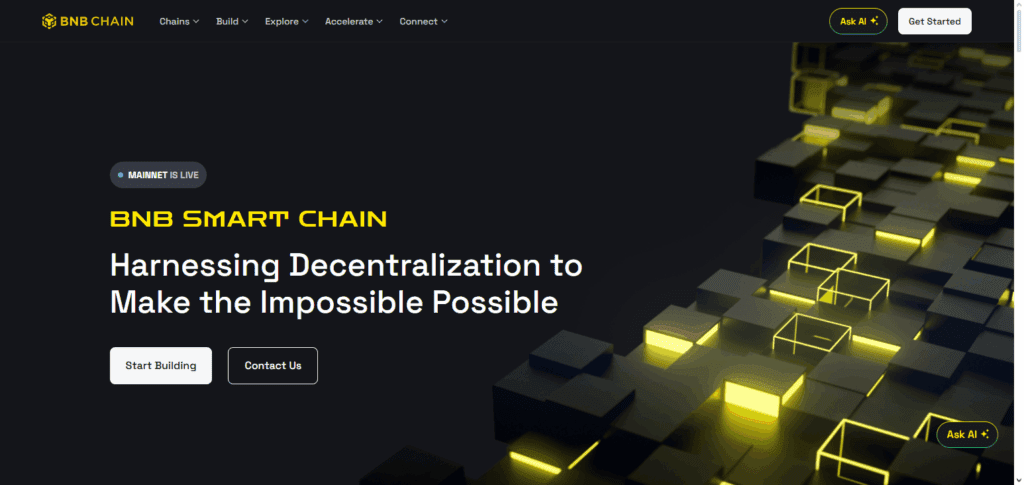
Step 3: Choose the Token to Bridge
- Choose USDT as the token to be bridged.
Step 4: Enter the Amount
- Enter the amount of USDT you want to transfer.
- Check to see if there are any minimum or maximum restrictions.
Step 5: Confirm Transaction Details
- Check the transaction details like fees, source, and destination chain.
- Make sure that you have enough ETH for gas fees on Ethereum stored in your wallet.
Step 6: Approve the Transaction
- Select Approve and confirm the transaction in your wallet to allow the bridge access to your USDT.
Step 7: Execute the Bridge
- Select Send or Bridge to begin the transfer.
- Allow a few minutes for the confirmation on the blockchain.
Step 8: Verify on Destination Chain
- Switch your wallet to BSC network and check the balance.
- To ensure successful transfer completion, check your balance of USDT to validate the frame account came through.
Why Choose Bridging on a Layer-Zero Protocol
Efficient Cross-Chain Transfers: Layer-Zero facilitates faster and efficient cross-chain transfers of assets and data due to the lack of intermediaries between different blockchains.
Reduced Transaction Fees: Layer-Zero minimizes the fees and steps involved in the traditional bridging process by optimizing the bridging process.
Improved Protection: Layer-Zero secures transactions through separated decentralization by confirming and sending messages which eliminates chances of hacks.
Extensive Integration: Offers bridging of tokens across numerous networks which is accessed through a single protocol spanning across various blockchains.
Rapid and Scalable: Used in the underlying Layer-Zero protocol to reduce delays and congestion which manages several chains in parallel.
Perfect for Multi-Chain and DeFi Applications: Layer-Zero is well utilized in DeFi, cross-chain NFT platforms, and gaming systems that need reliable and speedy interactions.
Preparing for Bridging on a Layer-Zero Protocol
Select the Appropriate Wallet
Choose multi chain wallets to layer zero bridge with wallets like MetaMask, Trust Wallet, and WalletConnect.
Confirm Network Compatibility
Check if the layer zero protocol supports your token on both the source and destination chains.
Verify Funds to Cover Fees
Make sure to hold enough native tokens to your network such as ETH on Ethereum and BNB on BSC to cover transaction and gas fees.
Select the Token to be Bridged
Verify that both chains have the token available and the token you intend to bridge is supported.
Confirm Minimum and Maximum Limits
Check if any transaction limits are imposed on the bridge and verify the range before moving any assets.
Sync Wallet and Bridging Platform
Ensure you are running the latest version of the wallet and bridging application to prevent any functional issues.
Tips for Safe and Efficient Bridging
Double-Check Chain and Address
Record the correct wallet addresses and chains thoroughly. Losing tokens can be irreversible.
Use Trusted Platforms
Avoid phishing websites and Layer-Zero dApps that lack reputation. Use official Layer-Zero bridges.
Keep Enough Gas Fees
Ensure that your wallet will not be interrupted and can successfully cover bridging costs.
Start with Small Transfers
In order for your funds to transfer successfully, the bridge should be able to be tested with small amounts first.
Monitor Transaction Status
Ensure your bridge dashboard is in sync with the block explorer during the transfer and the tokens land on the desired chain.
Stay Updated
Keep a close eye on the Layer-Zero chains, tokens, or scheduling maintenance that will be announced.
Common Issues and Troubleshooting
Delayed Transactions: Its possible that a bridged transaction is taking a while to complete because of network congestion.
Insufficient Gas Fees: Transactions have the “transaction failed” message and will not proceed due to low gas balance. Gas in the form of ETH, BNB, and other tokens are suggested.
Unsupported Tokens: The token is unsupported on the source and destination chains. The bridge will not complete.
Wrong Network Selection: You haven’t selected the appropriate destination network, and this is why you are unable to see funds.
Failed Transactions: Tokens that are bridging in attempts to trade with a network have spent gas on transactions and must re-approve more tokens.
Contact Support: To solve the remaining problems, support Layer-Zero through their community forums and official helpdesk.
Conclusion
In summary, bridging on the Layer-Zero protocol allow for quick, secure and effective transfer of assets between blockchains without the need for centralized third parties.
With the right steps—preparing the wallet, checking that the gas fee is sufficient, selecting the right networks, and double checking transactions—you will complete transactions on cross chains without any issue.
Not only does Layer-Zero make the movement of assets simpler, but it also expands the entire DeFi, gaming, and NFT ecosystems.
With the right set of procedures and safety precautions, bridging becomes an exceptional method for maximizing connectivity and flexibility of blockchains. Of all protocol Layer-Zero remains as one of the protocol that simplifies connectivity of a multi-chain framework.
FAQ
Yes, Layer-Zero uses decentralized messaging and verification to enhance security, but users should always double-check addresses and use trusted platforms.
Transfers typically take a few minutes, but times can vary depending on network congestion.
You pay gas fees on the source chain and sometimes a small protocol fee, depending on the chosen bridge.
Popular options include MetaMask, Trust Wallet, and WalletConnect, all of which support Layer-Zero bridging.




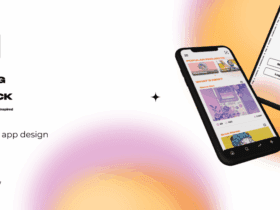
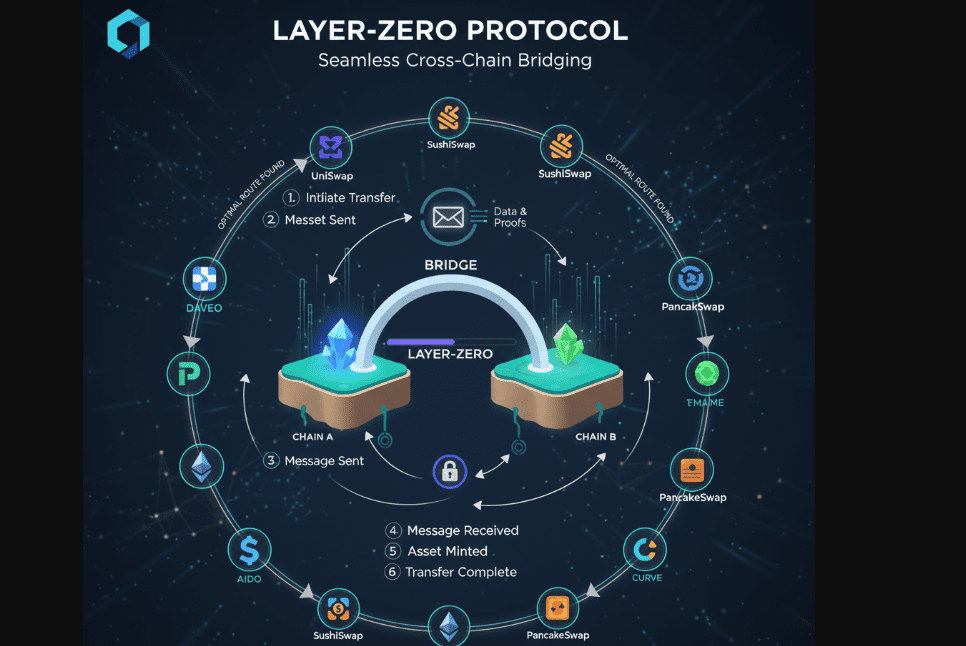





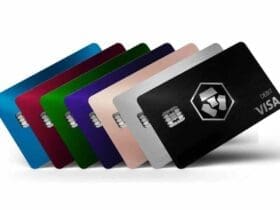
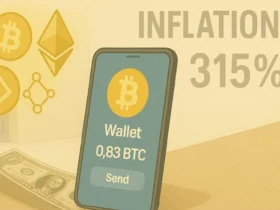

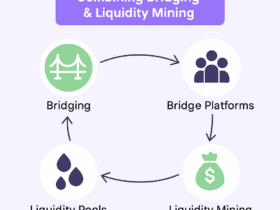
Leave a Reply